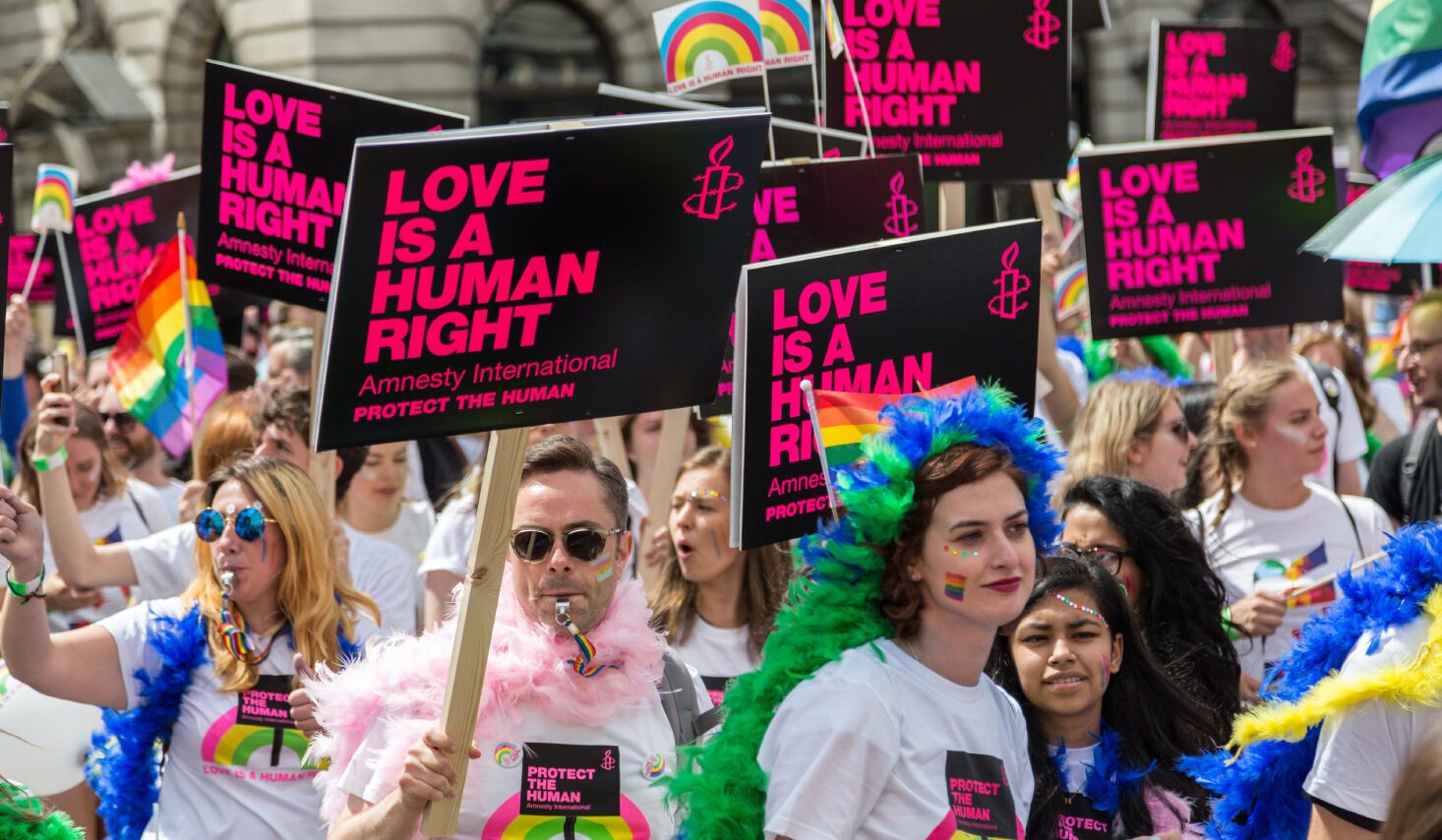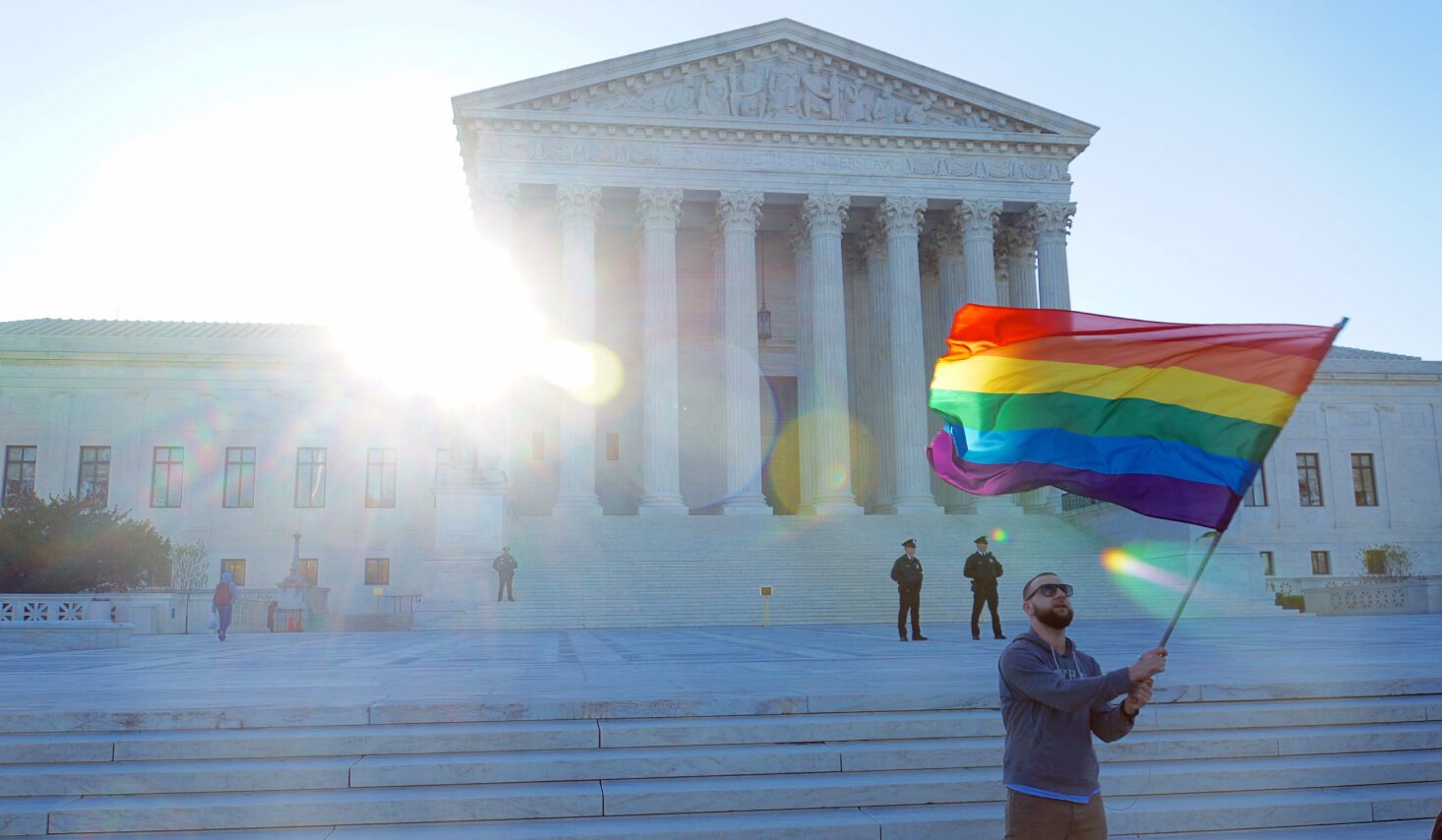
It has been more than two decades since the Netherlands made history as the first country to introduce marriage equality in 2001. Now legally performed and recognised in more than 30 countries, LGBTQ+ rights have come a long way as same-sex couples are able to enjoy the same legal benefits and status as their heterosexual counterparts in a number of places.
Despite this significant progress, a vast number of countries continue to only recognise civil unions or registered partnerships for same-sex couples. Others have laws that are not consistent across the nation, while others criminalise same-sex sexual activity entirely.
The legalisation of gay marriage has most typically taken place through legislation, as has been the case in countries like Australia, Switzerland and Ireland. Others, such as the United States and Costa Rica, legalised it as the result of a court decision.
GAY TIMES recognises that the process of legalisation varies across the world. This list is based on legislation and judicial decisions that resulted in equal marriage being introduced at a national level, as well as when this came into effect. It excludes countries that have introduced other recognitions, such as registered partnerships, as well as places like Mexico, where only civil marriages are recognised by law and access to same-sex marriage is uneven at the state and municipal level.
2001
- Netherlands
2003
- Belgium
2005
- Spain
- Canada

2006
- South Africa
2009
- Norway
- Sweden
2010
- Portugal
- Iceland
- Argentina
2012
- Denmark
2013
- Brazil
- France
- Uruguay
- New Zealand
2014
- England
- Wales
- Scotland
2015
- Luxembourg
- United States
- Ireland
2016
- Colombia
2017
- Finland
- Malta
- Germany
- Australia

2019
- Austria
- Taiwan
- Ecuador
2020
- Northern Ireland
- Costa Rica
2022
- Chile
- Switzerland
- Cuba
- Slovenia
- Mexico



